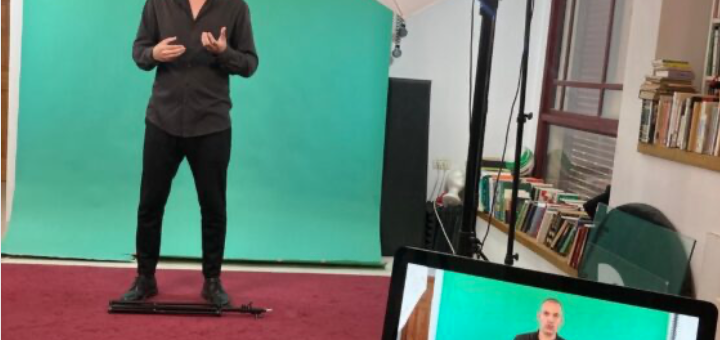Summary
Standard follow-ups often feel dry and pushy. Instead, focus on adding value by inviting clients to events, sharing relevant articles or insights, and offering practical tips. This approach builds trust, positions you as an expert, and leads to stronger client relationships.
Standard follow-ups often feel dry and pushy, but creative client follow-up strategies can make all the difference. Instead of just asking for business, focus on adding value. Invite clients to events, share relevant articles, offer new insights, or provide practical tips. These creative client follow-up strategies help build trust, position you as an expert, and lead to stronger, long-lasting client relationships.Here’s what a typical follow-up looks like for a past customer you haven’t heard from in a while:
“Hi, Moshe. How are you? Long time no talk.
How about another collaboration?
Do you have any upcoming plans?
Is the need you had back then still relevant?”
And here’s what a follow-up might look like for a potential customer you recently sent a quote to:
“Hi, Deborah. How are you?
Did you read the proposal I sent?
What do you think? Ready to move forward?”
Both are standard follow-ups, a bit “dry,” not very engaging, and mainly driven by “taking”—what can I get from the customer? When will they finally pay me?
The obvious and immediate reason for this type of follow-up is to speed up a deal so I can get paid for my products and services as quickly as possible.
Follow-ups are important!
They’re a crucial part of the sales process. Many people are passive, sitting on the fence, and they need a reminder or a gentle nudge to purchase what they want and need.
(If a customer doesn’t want or need your product or service, no follow-up will help. You’ll just come off as annoying or pushy.)
It’s better to do a mediocre or technical follow-up than to not follow up at all and disappear after sending a quote or having a sales call/meeting.
But if you’re going to follow up, do it right. Do it for the right reasons, from a place of giving, not just taking.
Reach out to past or potential customers not just to close a sale, but with a creative, generous approach that aims to offer something of value.
This is known as RTC—Reason To Call. What’s your reason for reaching out to customers now?
Here are 4 “reasons” to contact customers—4 creative personal follow-ups:
Reason #1 to Call:
Invite them to a relevant event.
“Hi, Moshe. How are you?
I thought of you because I’m hosting a client event/conference/talk that I think you’d find really interesting.
We talked about [specific topic] back then, and this event will be covering exactly that.”
Reason #2 to Call:
Direct them to your article/post.
“Hi, Deborah. How are you? Last time we spoke, we talked about [specific topic],
and I just published an article/wrote a post on Facebook/recorded a video on it.
Here’s the link. Hope you enjoy reading/watching!”
Reason #3 to Call:
Share an external article.
“Hi, Avi. How are you?
I thought of you because last time we spoke, we discussed this trend in the market/regulations/issues your company is facing.
Yesterday, a news article on this topic was published on Channel 12/a bill on this passed/a CNN report on what’s happening in the U.S. came out.
I’m sending you the link—feel free to reach out if you want to chat about it after you read it.”
Reason #4 to Call:
Share a new insight or practical tip.
“Hi, Sigalit. I’m following up because I had a thought after our last conversation,
and I’ve got a creative idea on how you can move forward with [specific issue]…
I attended a similar event yesterday, and I have a suggestion that might help with your upcoming event.”
What’s common to all these follow-ups?
In each case, you’re reaching out to customers to offer them something (a tip, information, connection, idea, invitation) instead of just trying to take from them.
In all cases, you’re signaling to the customers (subconsciously, and now I’m making it conscious) that you are… an expert! Updated! In the know! Continuously learning! Well-connected! And more.
Some customers may not respond to such follow-ups, but at least they won’t find you annoying or see you in a negative light. On the contrary, it can create a positive impression!
For those who do respond, this is the perfect time to discuss the open proposal they have or renew your business relationship.
This is how you do follow-ups correctly—more creatively, more effectively—standing out “above the noise,” especially in competitive or saturated markets where clients are regularly approached by suppliers.
What do you think? Does this resonate with you?
I’d love to hear your thoughts, questions, suggestions, and insights.
Feel free to email me at yaniv@yanivzaid.com
or WhatsApp me at 054-8001200.
I promise to get back to everyone.
Yours (in a platonic way…),
Dr. Yaniv Zaid






Leave a Reply